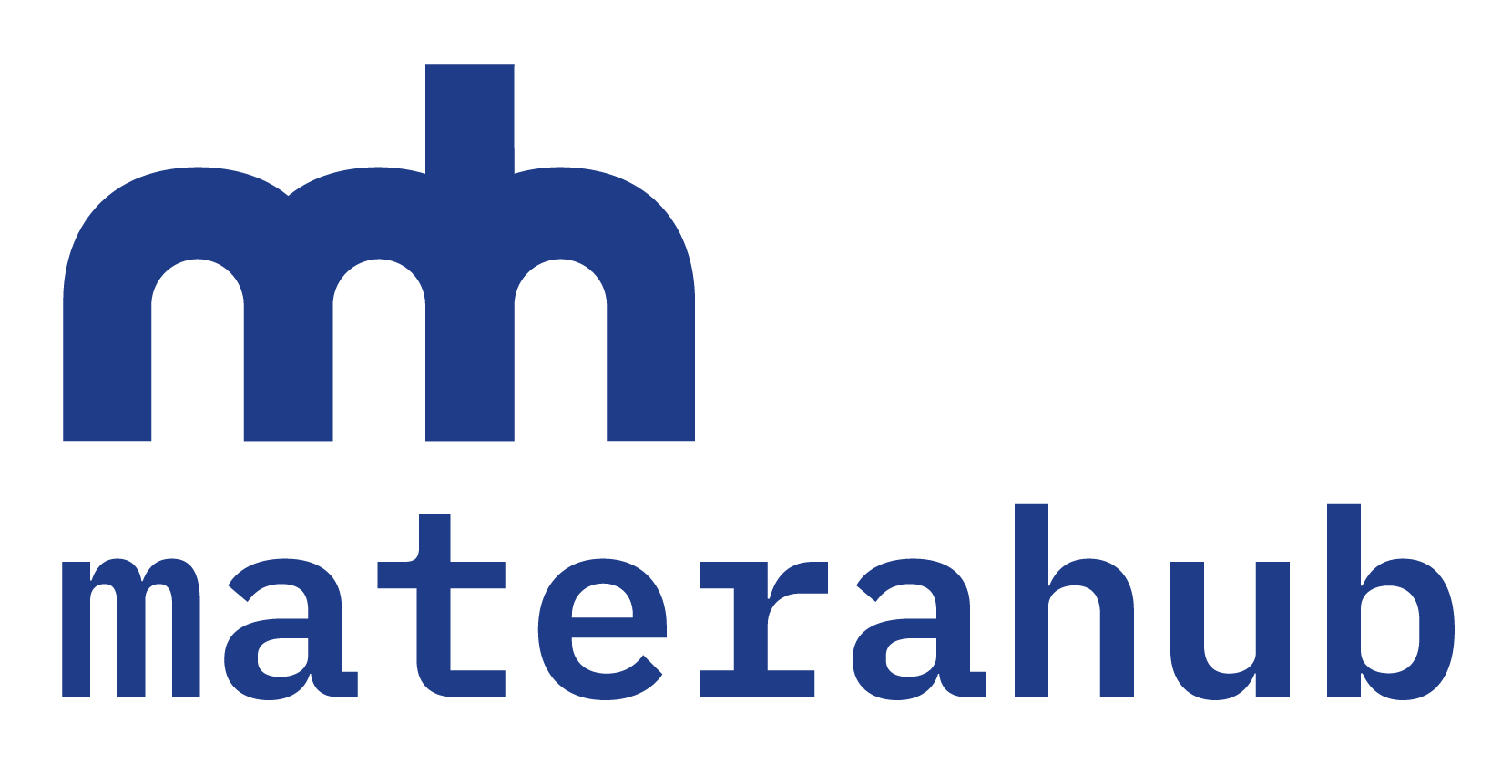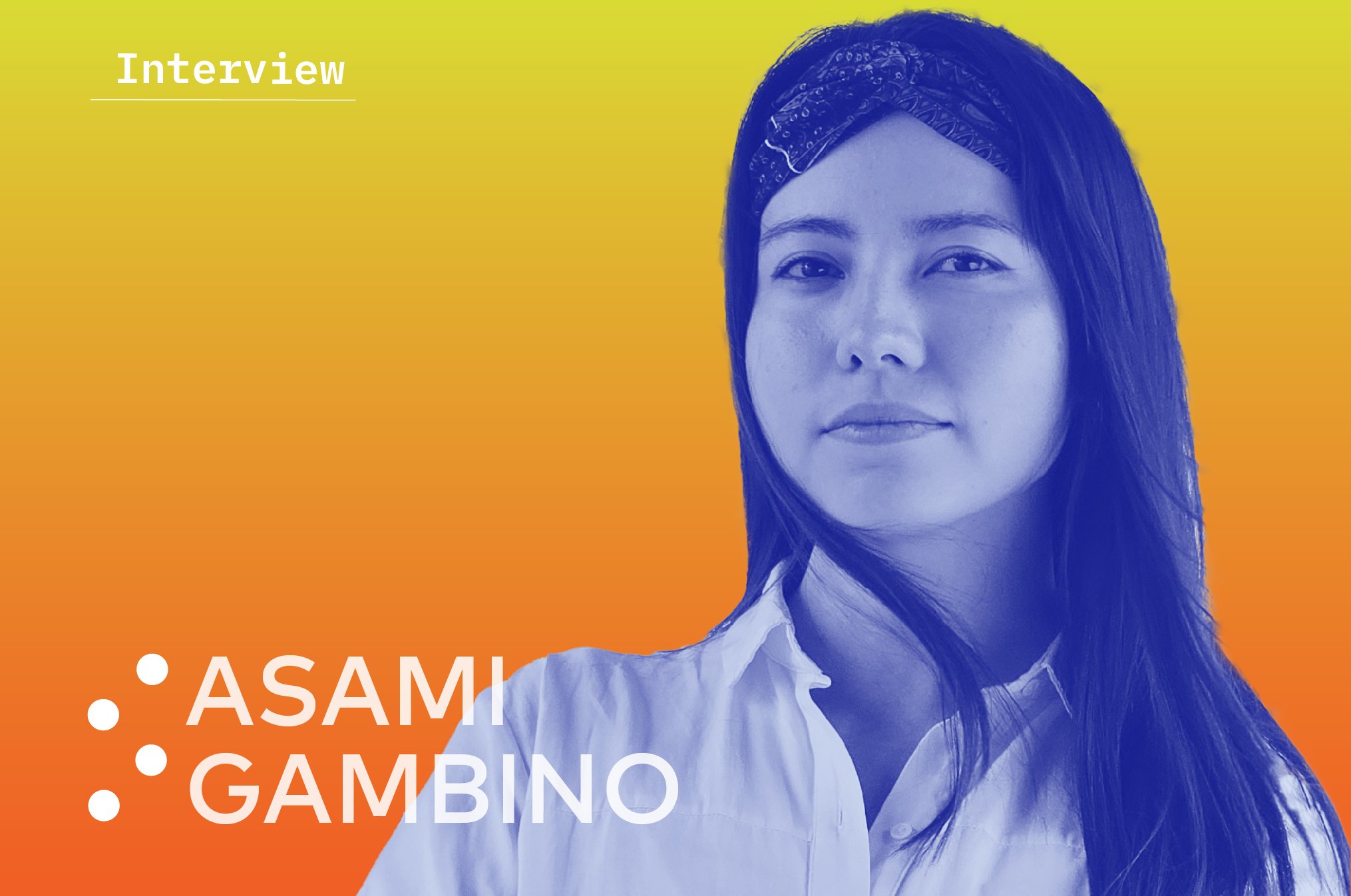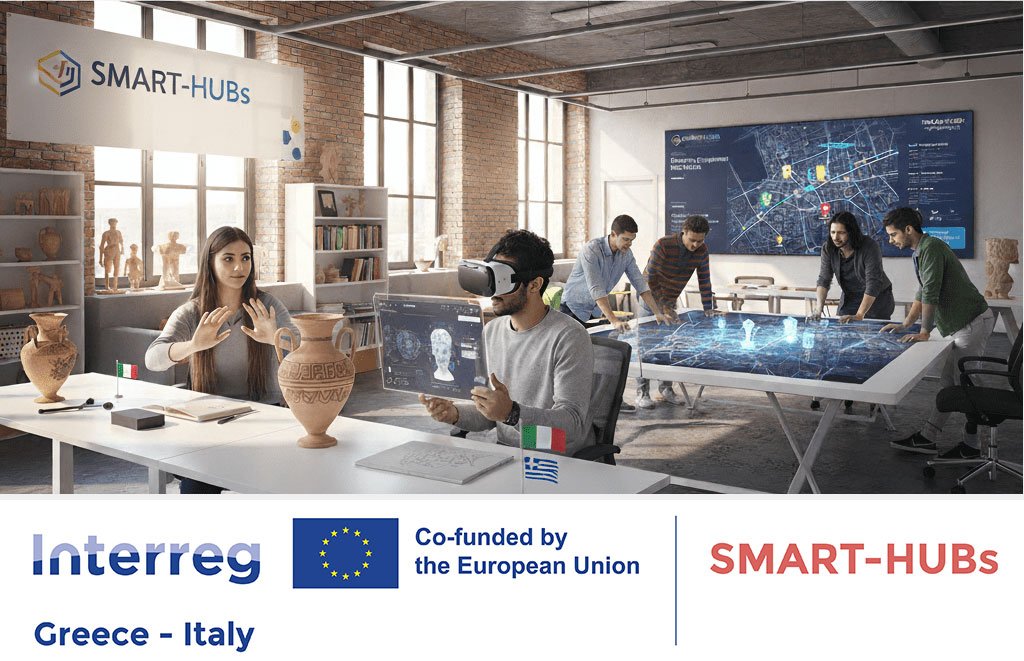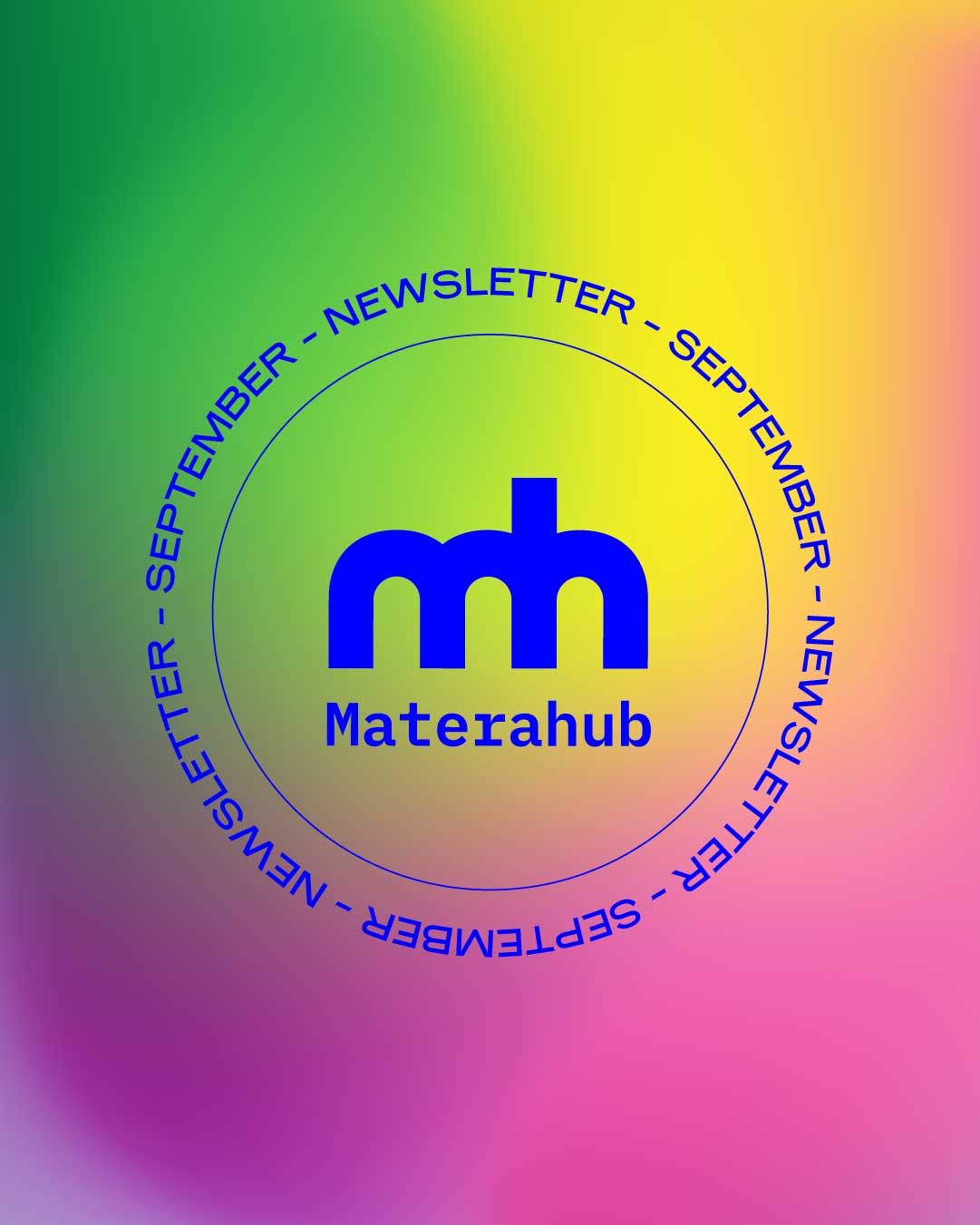Article by Becky Riches, Project Manager at Materahub
In those shared creative moments, new stories begin to take shape.
Supporting inclusion has always been part of Materahub’s DNA. For over a decade, we have explored how creativity, entrepreneurship, and cultural expression can become tools to empower individuals and communities often left on the margins of opportunity. From working with young adults and NEETs, to supporting women, migrants, and people with disabilities, our projects always aim to design and test new learning models that promote dignity, agency, and access in the Cultural and Creative Sectors (CCS).
Whether through entrepreneurial training (in projects like Global FemArt, WomenIN, or Off the Beaten Track), digital empowerment (in projects like Big Time Take Over), or inclusive vocational learning (in projects like MOSAIC – Inclusive Centres of Vocational Excellence), our approach has been one of continuous experimentation of how creativity and digital tools can uplift, connect, and reframe lives.
CraftHub: Craft as a Tool for Inclusion
One of the most transformative experiences came through our participation in CraftHub, a Creative Europe funded project launched in 2020. For the first time, we explored the potential of craft not just as cultural expression, but as a powerful enabler of inclusion. CraftHub aimed to support the craft sector’s relevance in contemporary society, and Materahub embraced this vision by designing hands-on workshops that reached people too often excluded from creative opportunities. With the help of local partners and craft practitioners , we developed a series of inclusive workshops that combined skill-building, storytelling, and human connection.
We worked with male adults undergoing treatment for addiction, young adults with Down syndrome, schoolchildren, tourists, and local residents – each group bringing unique energy and insights to the process. In one moving case, we reused sofa manufacturing waste to create new craft objects inspired by Matera’s iconic clay whistle, the cuccù, and crafted from upcycled waste by former detainees. This small object now carries a bigger story – of social reintegration, local identity, and circular innovation.
As one participant shared: “waste taking on new life is giving us new life. My drug addiction took me away, but I have discovered I can learn new things that seemed impossible before”.Inclusivity was also at the heart of the CraftHub international exhibition, where Materahub worked to ensure full accessibility. Tactile and olfactory experiences were designed for blind and visually impaired audiences, while guided tours and staff training ensured that visitors in wheelchairs or with hearing impairments could fully engage with the works. We witnessed how the materiality of craft—its texture, smell, and form—offered a unique channel of understanding and connection.
The Impact of CraftHub in Materahub: an evolving strategic vision
Crafthub became a turning point that prompted Materahub to develop a broader strategic vision around creativity as a tool for social inclusion. This has since grown into a dedicated stream of work and inspired us to forge deeper collaborations across Europe and in Italy. Since then we’ve joined the European Network of Innovation for Inclusion (ENII), aligning with institutions that share our commitment to access and equity, and continued designing projects where craft becomes an instrument for social inclusion.
Projects like MOSAIC continue our mission to reimagine learning systems, while new initiatives like Craft as a Form of Resilience and CraftWork4All expand on what we’ve learned—combining craft, well-being, and intercultural exchange.
At the local level, we’ve reactivated Materahub’s association status to better access third-sector funding and respond to community needs through grassroots initiatives. Projects like Tessere Legami (“Weaving Bonds”) have allowed us to work closely with schools and educators to cultivate belonging, creativity, and emotional intelligence in younger generations.
Creativity, Care, and Capacity Building: The Pillars of Inclusion
Our approach is rooted in a belief that creativity, care, and capacity building can together foster meaningful social inclusion.
Creativity is our starting point—not simply as an artistic expression, but as a form of connection.
Through practices like craft, design, and digital storytelling, we create spaces for empathy, self-expression, and cultural exchange to flourish. We see care not as an abstract ideal, but as a concrete methodology. This means prioritising environments where participants feel safe, respected, and seen.
Our projects are never imposed from above; instead, they are co-created with the people they are meant to support. Listening, adapting, and responding to their voices is central to our way of working. The learning pathways we design are made to be accessible, flexible, and rooted in practical relevance—whether through craft, entrepreneurship, or emerging technologies. The goal is always to equip people with the tools they need to build confidence, agency, and opportunity in their own lives.
This approach is supported by a range of methods we’ve refined over time: unconscious bias training, mindfulness, inclusive design principles, and a firm commitment to involving marginalised communities at every step. Inclusion, we’ve learned, cannot be a box to tick or an afterthought—it must be intentionally co-designed from the very beginning.
Craft, in particular, has shown us just how rewarding and natural inclusion can be. When people work with their hands, something remarkable happens: barriers dissolve.
It doesn’t matter what language someone speaks, where they come from, or what challenges they’ve faced—everyone can take part. In those shared creative moments, new stories begin to take shape.





